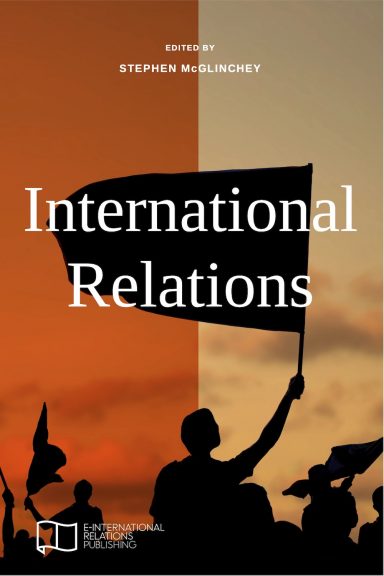

External balancing entails entering into alliances with other nations so as to keep the power of other powerful nations or alliances of nations at check (Baldwin, 1993).Īccording to neorealists, there exist three systems of capability distribution in the international arena. Internal balancing of power entails the acceleration of economic growth and investing more in military.

In order for nations to improve their capabilities of meeting their needs in the international platform, they engage in what is reffered to as balance of power which takes place in two forms namely internal and external balancing. If this is not done carefully, the result is that some nations end up losing and others benefiting from the relationship thus creating a situation reffered to as security dilemma (Baldwin, 1993). What this means is that nations have to enter into a relationship only with nations which have the potential of improving their capability of meeting thier needs. States therefore have to be very careful when choosing which state or states to partner with in efforts to increase capabilities of meeting their needs. It is also shaped by the anarchic principle, which has been widely decentralized meaning that all states have similar needs but what separate them are their capabilities to achieve those needs. According to neorealists, international relations are shaped more by the structural constrains rather than human nature which includes motivation and strategy. The theory is critical of classical realism because of the persistence use of the concept of human nature in the explanation of relationships by nations. For the last decade, the neorealist approach has gained popularity in the field of international relations. Its key proponent is Kenneth Waltz, who outlined it in his book titled ‘Theory of International Politics’ published in 1979 (Baldwin, 1993). NeorealismĪs mentioned above, neorealism is a reformulation of classical realism. With realism, economic success is the leading interest in international relations (Booth & Smith, 1995). Realism therefore negates the mutual understanding of states in their relations but rather puts more emphasis on the struggle of nations to amass as much resources as possible in order to advance their own interests. The main argument of realism is that international relations is characterised by anarchy, in which states interact for their selfish interests.

The theory is based on historical writers such as the works of Rousseau, Machiavelli and Thucydides (Edkins & Vaughan-Williams, 2009). This is a state-centric international relations approach in that it looks at states as the key actors in international politics. One of the theories of international relations is neorealism which was derived from the classical realism theory (Brown & Ainley, 2009). However, the overriding principle in all international relations theories is that nations relate for specific interests and in their relations, they usually try to create a win win situation which is characterised by a symbiotic kind of relationship. Various theories have different explanations about why, how and to what extend do nations interact. The theories look at the philosophies which shape the relationships between nations and the key interests of the nations which participate in international relations (Acharya & Buzan, 2009). In international relations, theories are used to explain the relationships between nations of the world. Theories act as frameworks for guiding scholars and researchers in their work so as to avoid duplication of ideas or repeating the mistakes which were made by previous researchers or scholars. A theory is a set of ideas which provide an explanation of something.


 0 kommentar(er)
0 kommentar(er)
